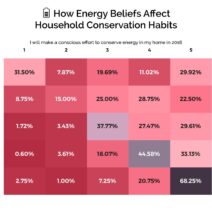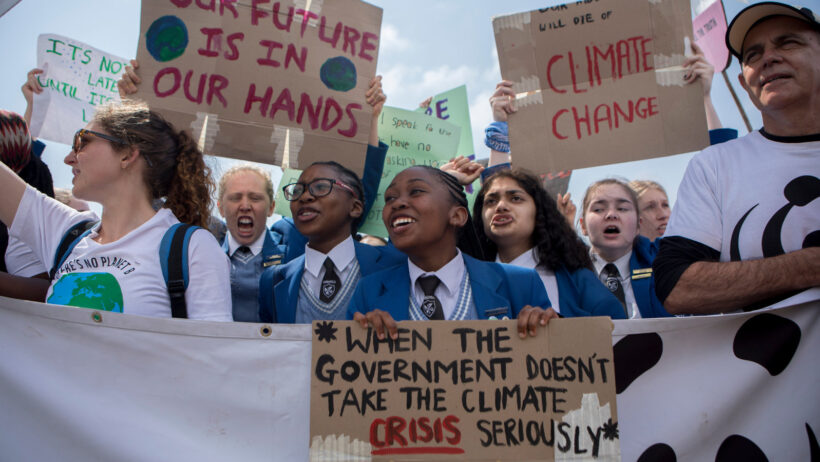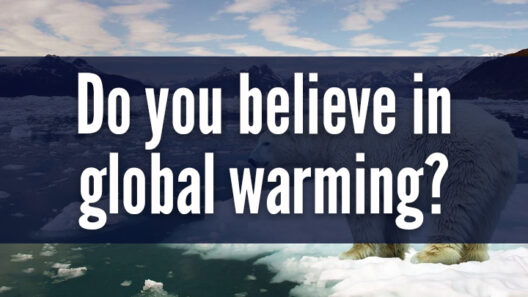Climate change has shifted from an abstract concern to an immediate crisis demanding action across the globe. As temperatures rise and extreme weather events become more frequent, the question looms larger: What’s being done about climate change? This inquiry opens the door to an exploration of policies, protests, and the nascent progress in addressing one of the direst challenges of our time.
At the governmental level, myriad policies have emerged as governments grapple with the urgent need to curb greenhouse gas emissions. Many nations have ratified international agreements, such as the Paris Agreement, aiming to limit global temperature rise to well below 2°C. These commitments are foundational, serving as a rallying point for countries worldwide to enhance their climate actions. However, there exists an inherent tension between ambition and execution. Are countries really doing enough, or are they merely paying lip service to these agreements?
The implementation of carbon pricing mechanisms has garnered attention in recent years. What could be more straightforward than putting a price on carbon emissions? Such systems incentivize corporations to reduce their ecological footprint. Countries like Sweden and Canada have pioneered substantial carbon taxes, driving down emissions while simultaneously generating revenue for sustainable projects. The overarching challenge lies in the political will to expand such measures globally. Will nations prioritize financial sustainability over ecological necessity?
Furthermore, renewable energy policies have taken center stage. Wind, solar, and hydroelectric power are not just buzzwords; they represent a potent shift from fossil fuels toward sustainable power sources. The transition necessitates robust government support through subsidies and infrastructure investment. Many regions have made significant strides, with Germany leading in solar energy adoption. Yet, the question remains: can the world scale up these technologies swiftly enough to outpace the advancing climate crisis?
Aside from institutional efforts, grassroots movements have emerged as a powerful force in the climate discourse. Protests have surged, with young activists spearheading movements that demand accountability and progress from their leaders. The global climate strikes, inspired in part by figures like Greta Thunberg, illustrate a burgeoning awareness among youth regarding the ramifications of inaction. Are governments heedless of these protests, or do they represent the vital voice of a generation unafraid to challenge the status quo?
These movements are not simply demonstrations; they represent a crossroads at which civic engagement intertwines with environmental ethics. Participants have united under the banner of ensuring a sustainable future for all, emphasizing that climate action is a moral imperative. Whether it’s through marches, social media campaigns, or local initiatives, the communal spirit is palpable. Still, one must ponder whether this collective activism can translate into substantive and lasting policy changes.
As formidable as these movements are, setbacks such as the pandemic have revealed vulnerabilities in climate action. Economic downturns often lead to a resurgence of fossil fuel dependence as governments attempt to stabilize their economies. The wartime footing of economic recovery calls into question the resilience of climate policies. Can we prioritize eco-friendly recovery methods that mitigate climate change while addressing immediate economic needs?
Meanwhile, technological advancements continue to drive innovation in combating climate change. Breakthroughs in carbon capture and storage (CCS) technology provide potential avenues for offsetting emissions. Electric vehicles (EVs) are rapidly gaining traction as manufacturers invest heavily in electric technology. However, can these technologies keep pace with the rapidly evolving climate landscape? Are we placing too much faith in technological solutions while neglecting behavioral changes that could facilitate a more profound transformation?
As we venture further into the realm of climate action, it’s essential to consider the concept of “just transition.” This idea promotes that those most affected by climate policies, particularly in fossil fuel sectors, should be supported in transitioning to new, sustainable jobs. Policymakers must balance economic stability with environmental responsibility. The challenge of ensuring fairness within the transition raises a critical question: How can we ensure that no community is left behind as we advance toward a greener future?
Educational initiatives are imperative in cultivating an informed populace aware of the climate crisis. Schools and universities are increasingly incorporating climate science into their curricula, fostering a new generation poised to understand, engage with, and combat climate issues. However, how do we ensure that the lessons imparted lead to decisive action rather than apathy? The disconnect between knowledge and action represents a profound challenge in the fight against climate change.
In conclusion, the response to climate change is multifaceted, encompassing policies, protests, and progress. While the concerted efforts of governments, grassroots movements, and technological advancements signal a potential shift in trajectory, remaining challenges are palpable. The intersection of economic recovery, technological dependency, and social justice creates a complex landscape that will dictate the future of climate action. As the world unites in pursuit of a sustainable existence, the imperative question remains: Are we equipped to confront the imminent challenges that await, or will we succumb to complacency in the face of a changing climate?








